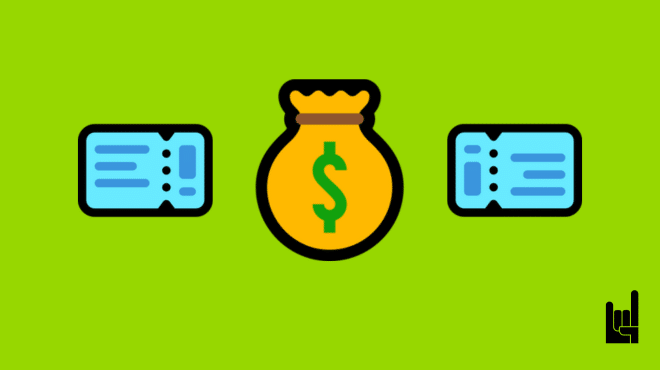Tupperware parties. The OG of community marketing.
Back in the 1950s, Tupperware was hosting parties for women to participate in. The parties were hosted by Tupperware representatives, who were often friends or family members of the attendees.
The ultimate goal was to build a community around the brand, Tupperware. And they did that. They managed to build a loyal following that exists to this day.
Well, community marketing has come a long way since. Let’s see how long.
What is Community Marketing?
Community marketing involves the intentional cultivation of a community around a brand, product, or service.
It’s a type of organic marketing, meaning that it tries to achieve an online presence organically and not rely on paid ads.
Community marketing prioritizes relationships and conversations, and creates a sense of belonging among members of your target audience. Through community marketing, businesses build brand loyalty and increase customer engagement.
A community can take many forms. The most common of these forms are:
- Branded online communities (e.g. Discord, Tribe, Discourse)
- Social media groups & spaces (e.g. Facebook Groups, LinkedIn Groups, Slack)
- User‑generated content hubs (e.g. Reddit threads, review sections, photo tagging campaigns)
- Social & live commerce (e.g. TikTok Shop, Instagram Checkout, Amazon Live)
- Experience‑based activations (e.g. pop-ups, meetups, IRL challenges)
- Creator‑led cohorts (e.g. Twitch Creator Camp, influencer-led courses or mentorship groups)
All of them act as a space for members and customers to connect with one another, while at the same time connecting with your brand.
The Good & The Bad of Community Marketing
Like any kind of marketing, community marketing has its pros and cons. Let’s take a look at some of its more standout nuances.
The Good
1. Enhanced Customer Loyalty
A community creates a sense of belonging and builds relationships among its members. By creating a community where they can engage with each other and with your brand, you establish a deeper connection, leading to increased customer loyalty and advocacy.
2. Word-of-mouth marketing
Speaking of advocacy, a community can become a powerful tool for word-of-mouth marketing. Satisfied community members are very likely to share their positive experiences with others, leading to organic brand awareness and new customer acquisition.
3. Increased Customer Lifetime Value
Through engagement, a successful community fosters happy customers, and happy customers have a higher lifetime value (CLV). In turn, a higher CLV means higher revenue and more profit.
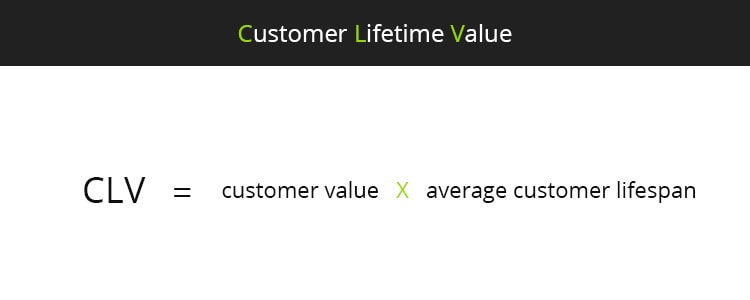
4. Customer Insights and Feedback
A community can serve as a thumbnail of your customer base. Engaging with your community allows you to gain valuable insights into your customers’ needs, preferences, and pain points. Through feedback, discussions, and surveys, you can receive powerful information and insights and put them to good use.
5. Support & Peer-to-peer Help
Communities often serve as support networks where customers can seek assistance, share knowledge, and help each other. Therefore, a community can not only reduce the burden on your customer support team but also create a positive customer experience by providing a platform for peer-to-peer help.
The Bad
1. Time and Resource Intensive
As with any marketing activity, community marketing doesn’t run on autopilot. Building and maintaining a healthy brand community requires time and resources. Accordingly, you will need to invest in community management, content creation, engagement activities, and ongoing moderation.
2. Limited control over user-generated content
Community members do not just consume content passively. Many of them also like to create content, user-generated content. While user-generated content is authentic and creates engagement, it can also create misinformation and inappropriate content that may impact your brand reputation.
3. Difficulty in Measuring ROI
Community marketing, like most branches of organic marketing, isn’t always easy to measure. Especially since its mission is not to sell immediately but rather to enhance the brand. Therefore, measuring the ROI of community marketing can be challenging.
6 Steps to Get Started With Community Marketing
That’s enough theory for now. The question is, if you are interested in community marketing, how do you get started? Here are 6 steps to make it happen.
1. Identify Your Target Audience
In case you haven’t done this yet, you have to understand your audience as much as you can: their demographics, interests, and pain points. To do so, you can do market research, analyze customer data, and engage in social listening to gain insight. You can even go as far as creating customer personas, too.
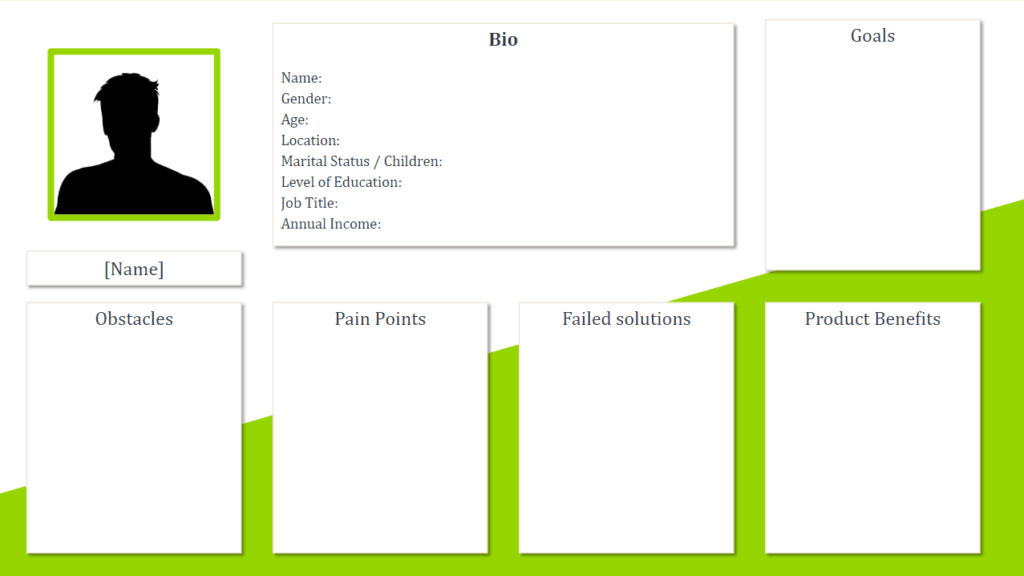
2. Choose the Right Platform
Select a platform that aligns with your audience. Some of the most popular categories and options include:
- Social media groups, e.g., meetups, workshops
- Dedicated forums, e.g., Reddit, Discourse
- Community platforms, e.g., Discord, Tribe
- OTT platforms, e.g., Uscreen, Movie
- Offline events, e.g,. meetups, workshops
3. Time for Action
a. Actively participate and respond
Needless to say, you need to be present in the community and engage with members. The usual way to do so is by responding to their comments, questions, and feedback. Show that you value their input and appreciate their involvement.
b. Craft compelling content
Create and curate content that resonates with your audience. Share relevant industry news, helpful resources, and engaging discussions to spark conversations and encourage participation within the community.
c. Encourage user-generated content
Content in any type of community shouldn’t be a one-way street. Motivate community members to create and share their own content, such as product reviews, testimonials, or original content. Highlight and showcase the best contributions. Which brings us to the next part.
d. Showcase member success stories – reward community members
Highlight and celebrate community members’ achievements, whether it’s reaching a personal milestone or using your product in innovative ways. This encourages a sense of pride and inspires other members to become as engaged. Also, consider using badges and any related insignia for the most active members or those members who offer the most value, according to your terms.
e. Offer exclusive perks & benefits
Everyone loves exclusive benefits; it makes them feel special. In turn, exclusive benefits incentivize community participation. A few examples of those benefits include:
- Early access to new products
- Exclusive discounts
- Special promotions
- Sneak peeks
- Behind-the-scenes content
f. Cultivate brand advocates
Identify passionate community members who are vocal about your brand. Offer them opportunities to become ambassadors or advocates, providing them with exclusive perks and incentives.
4. Introduce gamification
Gamification in marketing is all about creating engagement – the fuel of any community. Therefore you need to adopt gamification tactics, such as challenges, competitions, or loyalty programs, to motivate active participation. Reward members for their engagement and create a sense of friendly competition.
5. Moderate and Manage
Communities need moderation from day one. And as your community grows, effective moderation becomes essential. Set clear guidelines and rules for community behavior to maintain a positive and respectful atmosphere. Spam, inappropriate content, or conflicts are part of community life, and it’s your job, or rather the job of the moderator(s) you equip, to ensure a smooth community life and operation.
6. Evaluate and Iterate
Like with any marketing activity, you will also have to measure and optimize your community marketing efforts. You will probably want to monitor engagement metrics, such as active members, comments, shares, and conversions.
5 Community Marketing Examples for Inspiration [2025]
1. Airbnb Support Community
Airbnb’s community forum works as both a support system and a loyalty engine. Hosts and guests use it to trade advice, solve problems, and connect with one another. The most active members earn badges and visibility, turning routine questions into reputation-building moments.

It’s effective on multiple fronts. The forum reduces pressure on Airbnb’s support team, strengthens user relationships, and keeps people engaged. Airbnb gives users the spotlight while quietly reinforcing its brand through every interaction.
2. Apple Support Communities
Apple runs one of the most active branded communities in tech. The Apple Support Communities give users a place to ask questions, troubleshoot issues, and offer advice based on real experience.

The most helpful contributors earn points and levels, gaining visibility across the platform. Apple keeps the environment clean and user-focused, with just enough moderation to maintain quality without hijacking the conversation. The result is a peer-driven space that builds product confidence and reduces support costs at scale.
3. Discord’s Partner Program
Discord, the chat platform originally built for gamers, has evolved into a major community hub across industries. Its Partner Program showcases standout communities and gives them perks like server upgrades, discovery boosts, and early access to new features.

The program supports creators who foster strong, engaging spaces. These communities are not just large. They are active, well-moderated, and aligned with Discord’s values. By recognizing these leaders and giving them tools to grow, Discord keeps its platform connected and sticky.
4. M&M’s Australian Open Pop‑Up Store
At the 2025 Australian Open, M&M’s went beyond onsite branding. It launched an interactive pop‑up store featuring a chocolate wall and event‑themed M&M’s packaging designed to engage over a million tennis fans.
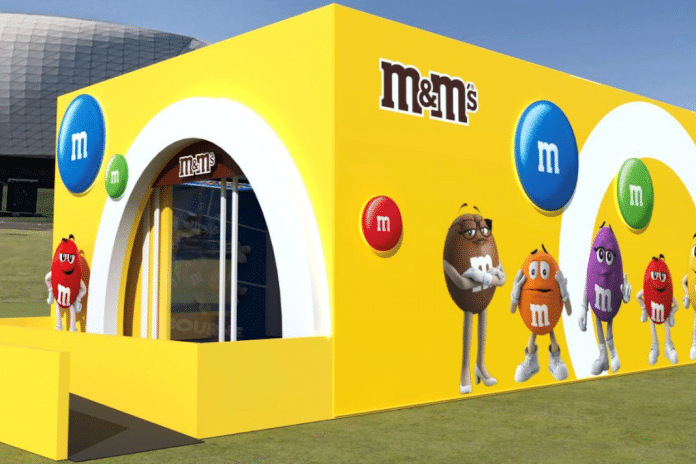
The store offered immersive experiences like build‑your‑own M&M mix and branded photo moments that encouraged social sharing. This move tied M&M’s to community celebration and cultural connection in a way typical ads can’t match.
5. Nike Run Club App
Nike’s Run Club isn’t just an app. It’s a full-blown fitness community. Runners track progress, join challenges, and get coaching directly from Nike trainers. What makes it stand out is how it connects people.
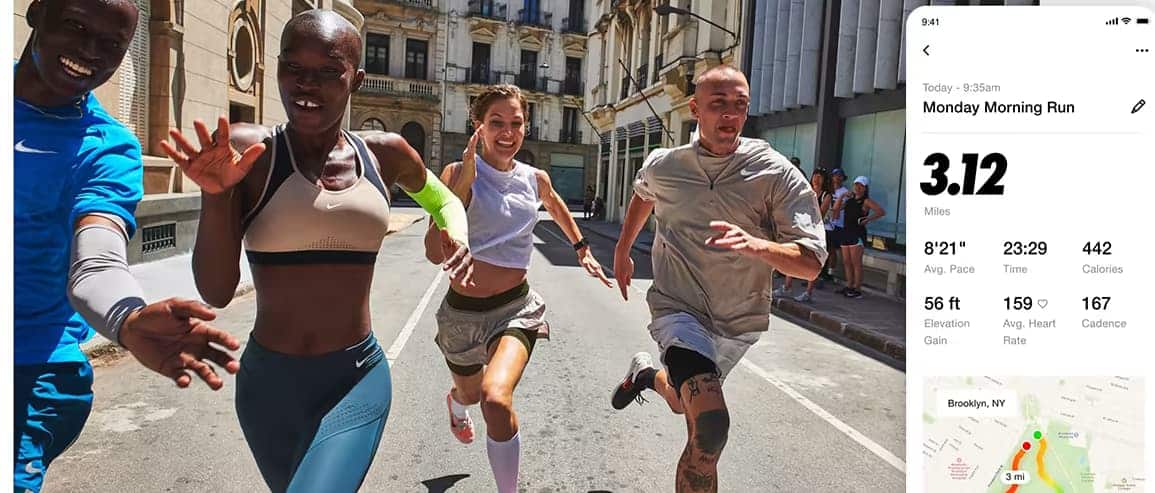
Group runs, local events, and social features turn the app into a running hub. Users share milestones, swap tips, and motivate each other through built-in prompts. It’s Nike doing what it does best by blending tech, sport, and culture into one connected experience.
Conclusion
Community marketing continues to be one of the most authentic and effective ways to grow a brand. At the end of the day, it’s not so much about building an audience as it is about earning one. The platforms may change, but the principle holds: create spaces where your customers feel seen, heard, and valued.
If you’re looking to add staying power to your marketing strategy, it may be time to build a community, not just a campaign.
Need help setting it up? Contact us here!
Was this article useful?

I write for GrowthRocks, one of the top growth hacking agencies. For some mysterious reason, I write on the internet yet I’m not a vegan, I don’t do yoga and I don’t drink smoothies.
![Community Marketing: 6 Steps to Building a Brand Community [+5 Examples]](https://growthrocks.com/wp-content/uploads/2023/07/community-marketing_GrowthRocksTN.jpg)
